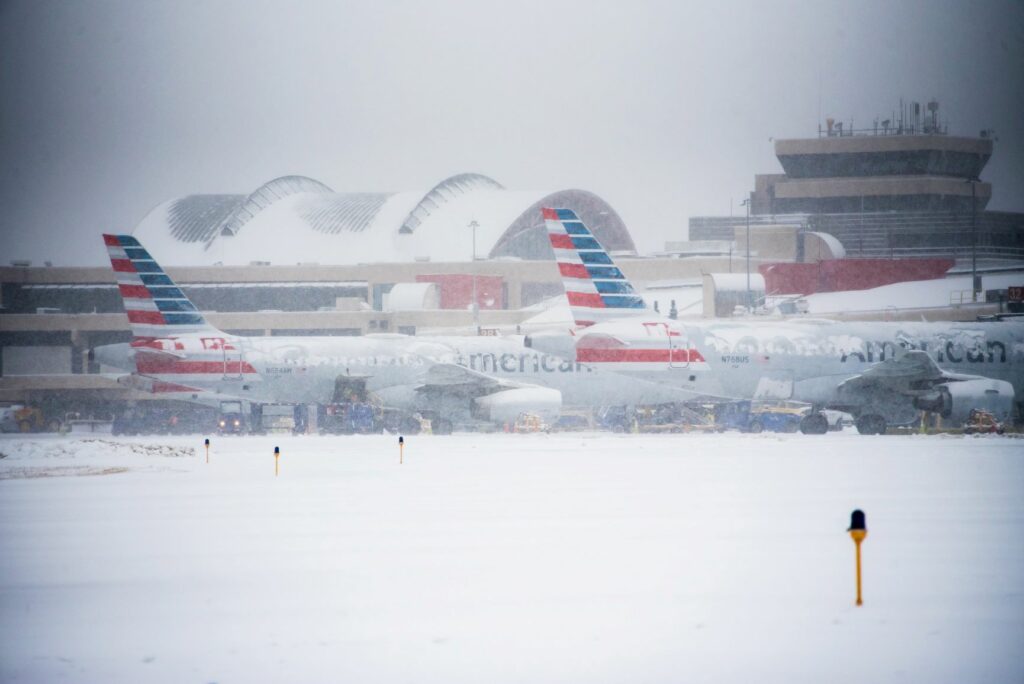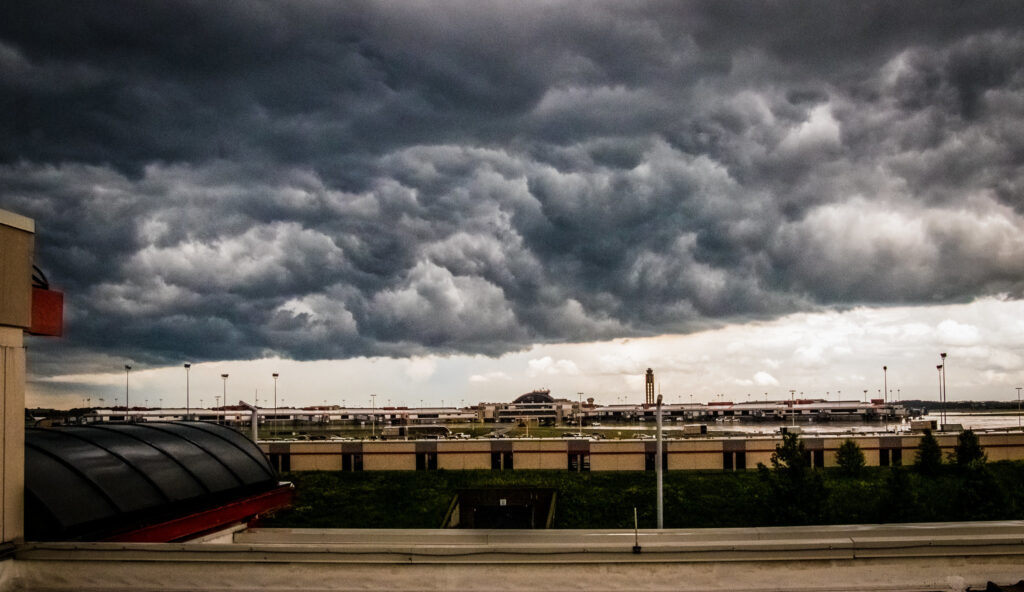Technology, Experience Help Airports Battle Winter Storms
Strong winds, heavy snow can make 24-hour operations challenging
By Jeff Martinelli
Published January 4, 2021
Read Time: 4 mins
In a year like no other, 2020’s final farewell to the people of Western Pennsylvania was the snowiest December in more than a century.
On Dec. 31, a slight dusting of snow fell on the region and pushed the monthly total to 27.5 inches, second only in recorded history to December 1890’s whopping 36.3 inches of snowfall.
In the midst of the pandemic, however, there was less media focus on snow-covered roadways and flight delays because far fewer people are traveling. But less attention doesn’t change the fact that those responsible for keeping travelers safe have been working just as hard.
Pittsburgh International Airport’s weather plan taps into a mix of technology, the expertise of several weather services, years of knowledge from experienced employees and some common sense.
The PIT team is prepared for whatever the elements throw at them, said Wendy Hillman, Airport Operations Manager.
“No two storms are the same,” she said. “Every storm is different, and each storm presents different scenarios. Sometimes, the biggest concern is the storm’s duration. Other times, it’s the rate of snowfall or precipitation that is much more concerning.
“In both cases, maintaining safety in aircraft operations is what always matters.”
Hillman uses the “Snowmageddon” storm that dropped more than 21 inches of snow on the region on Feb. 5-6, 2010, as a reference point. At various points in that 24-hour period, more than an inch of snow fell each hour; weeks later, that February officially became the snowiest month in Pittsburgh history.
“When you get more than one inch per hour over a sustained period, it would be difficult for any airport to remain open,” said Hillman, who has been with the airport and responding to storms for more than 23 years. “With snow like that, plows and brooms will get to the end of the runway only to look back and see the first part already covered again.”
The Allegheny County Airport Authority—which operates PIT and Allegheny County Airport—contracts with two private weather services, DTN and Vaisala, to prepare, monitor and respond to storms. Additionally, the airports consult with the National Weather Service in Moon Township, Pa., for an added level of confidence.

During a storm, PIT’s team actively monitors the weather radar and forecast to adjust to the ever-changing conditions. (Photo by Beth Hollerich)
Every day during the winter months, no matter the forecast, staff at shift change make a weather call to DTN to review current conditions, the forecast and to monitor any changes. Sensors embedded in runways, taxiways and landside roadways provide the airport with pavement temperatures, which is invaluable on a cold but sunny winter day.
Those days, Hillman said, temperatures on the runway may be as much as 20 degrees warmer than the air temperature because the pavement absorbs the sun’s heat.
That information helps the snow removal team allocate its resources more efficiently than just relying on air temperature readings. It can identify specific portions of the runways or taxiways that need to be treated for possible ice.
During a storm, PIT’s team actively monitors the weather radar and forecast to adjust to the ever-changing conditions. A storm that varies in intensity may provide time for the crew driving the plows, brooms and blowers to take a break during a longer lull.
And while most people would agree that you don’t need a meteorologist to know which way the wind blows, Hillman would disagree. Changes in wind direction can turn the snow removal process upside down.
“If the wind changes, we may have to flip the whole airfield around,” she said. “We may have to switch ends of the runway for planes to land or we may have to change the direction we’re clearing snow to keep it blowing in the direction we need. All of that depends on the predominant wind direction.”
Fortunately, very little snow fell in the early morning hours of New Year’s Eve. But airport operations and the entire Snow and Ice Control Committee across the Airport Authority’s departments and community business partners were prepared.

Storm clouds hang above Pittsburgh International Airport’s airfield and Airside Terminal. (Photo courtesy of PIT Airport Operations staff)
Through DTN, the airport not only receives the weather forecast, but through radar can watch a “Futurecast,” much like what is broadcast on local television news each night. That feature is one of the many changes Hillman has witnessed over the years.
“We’ve had sensors on the runways for a long time, but we can definitely do more than when I started,” Hillman said. “The Futurecast, the ability to predict what will happen is better and they will continue to improve.”
In the end, it all comes down to one thing: safety.
“A more accurate forecast, including when lulls will occur, and how long they’ll last, is very important,” said Hillman. “With that information, we can better schedule breaks for the crew, which makes it safer for them and supports the amazing job they continually do combating snow. That means the airfield and roadways are safer for everyone involved.”
Watch
This Next
Read
This Next





